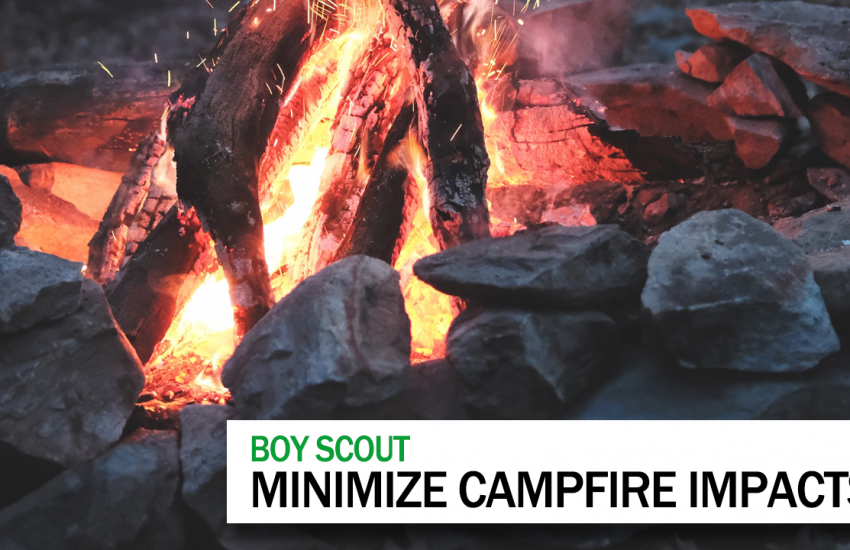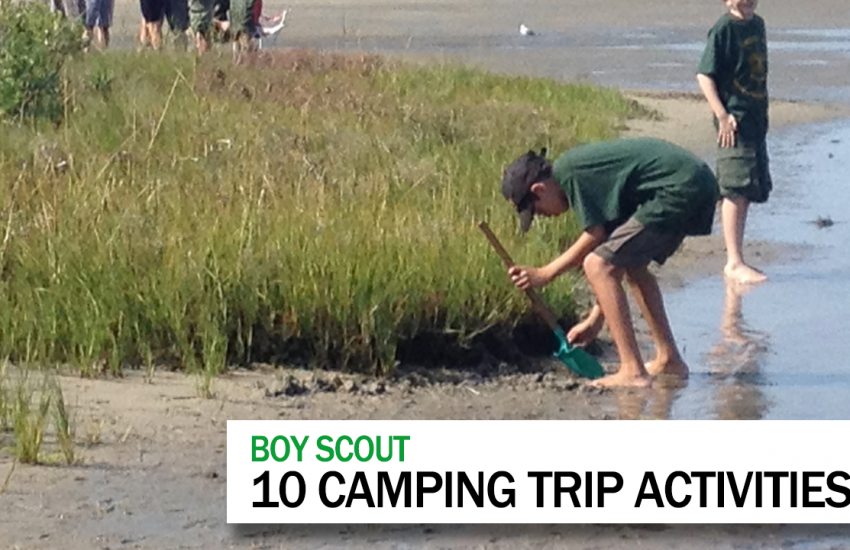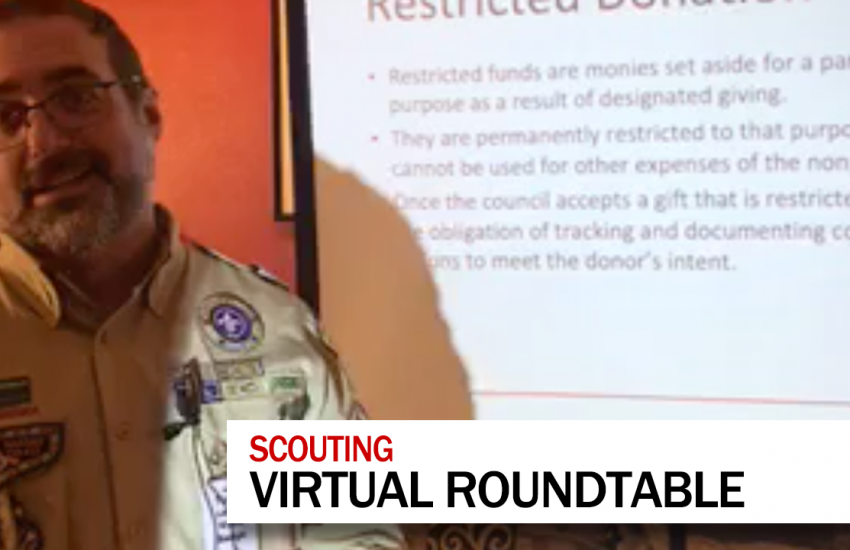Minimize Campfire Impacts is one of the seven principles of Leave No Trace, which is a program in cooperation with the BSA, of the Leave No Trace Center for Outdoor Ethics that teaches people how to enjoy the outdoors responsibly.
Show Notes:
- Center for Outdoor Ethics (Leave No Trace) Website
- Making a mound fire
- Leave No Trace in the Outdoors (Amazon)
- 101 Ways to Teach Leave No Trace (Amazon)
- UCO Grilliput Firebowl (Amazon)
Transcript:
Minimize Campfire Impacts is one of the seven principles of Leave No Trace, which is a program in cooperation with the BSA, of the Leave No Trace Center for Outdoor Ethics that teaches people how to enjoy the outdoors responsibly.
Minimizing campfire impacts starts with the choice of whether or not to have a fire in the first place. Campfires are an integral part of the camping experience and to many an outing it not complete unless you have a fire to cap off the evening.
There are three basic reasons to have a campfire. Warmth, cooking and entertainment.
Warmth and cooking can be performed without the need of buiding a campfire, simply using a backpacking stove can generate both heat and allow for easy cooking. So if you are in an area that restricts fire, or there is a fire danger warning this is your go-to alternative.
Knowing ahead of time will help you prepare, as cooking over an open fire required different preparation than cooking on a stove.
Once you have made the decision to have a fire, minimizing its impact comes into play. There will be an impact to the area from any fire, but there are many ways to reduce and disguise the impact.
The first is to use existing fire rings in established campsites. Usually this is easy to follow if you are in a council camp, as these principles are not new, and it’s the norm. This however becomes harder if you are attending other types of venues where camping is allowed, as when you look around, you may be the only one trying to do the right thing.
In general, if there is no fire ring, don’t make one, instead you can build what is called a mound fire.
If there is no fire ring, do not make one. Instead, build a mound fire.
A mound fire is sand or mineral soil collected from the root of a blown-down tree or a dry creekbed. Then you take the soil and lay a ground cloth to protect the ground and make it easier to clean up. Pour the material on the ground cloth and pile it about 4 inches high, and larger than the intended fire area, then build your fire, but just enough to get the job done. There is pleanty of cheer in a small fire.
As a rule, use wood that is down on the ground, don’t go cutting down trees, even if they are dead, and when it’s all burned out and cold disburse the ashes in a large area to make it as natural as possible.
Take a hike out away from camp to gather wood. Leave close-in wood so it can decompose into the soil.
In general, fires built on the ground overheat the organic soil and kill bugs and microbes living in it. It may take a very long time for anything to grow in the spot where a fire was built. An established fire ring is a sacrificed spot in which fires are accepted to prevent destruction of other areas.
Another way to have a fire is to use a fire pan, which can be a simple disposable roasting pan, that you set on a bed of rocks. You can also purchase devices that are reusable like this collapsible fire pit.
A tenant in scouting is to leave a place better than when you found it, so make sure that after a fire you have cleaned up any trash or materials that are not supposed to be present on site. Pocket any aluminum or food debris, and make the next person’s experience as good or better than your own.
In the past, scouts were taught to leave courtesy piles of firewood for the next person, but in recent years this has fallen out of favor to dispersing any extra material and leaving the location as rustic as possible. Established fire pits of course are the exception, as these areas are purposefully designed to lost areas to save the areas surrounding.
But if you come across a fire ring, even with rocks surrounding it, that has vegetation growing along side, and it looks like it has only had few fires where there should be no campfires consider disbursing it, and letting the area regenerate, as this was probably set up where it shouldn’t have, and it’s best to discourage future use. Minimally ask the ranger, or campmaster.
But this is what works for us.
Take what you like and leave the rest, and as we say in Woodbadge, feedback is a gift, leave yours below in the comments, with the hope we can all learn together.
I’m Scoutmaster Dave, and this was a little on Minimizing Campfire Impacts.




